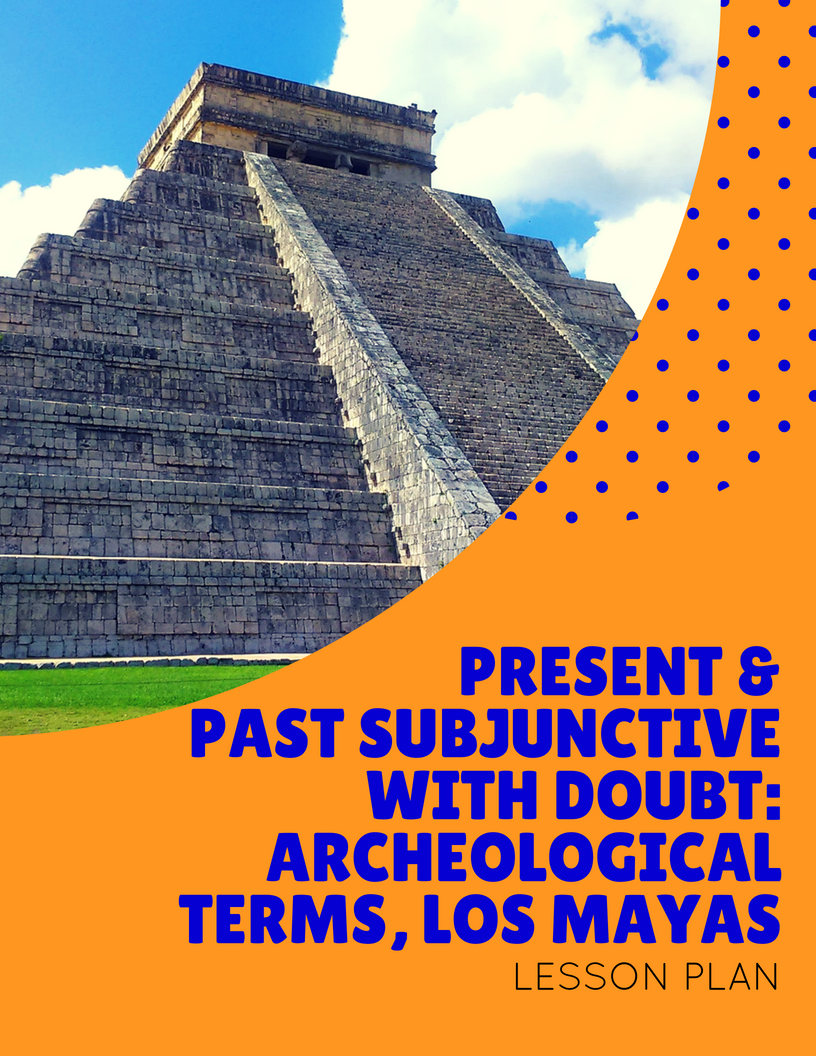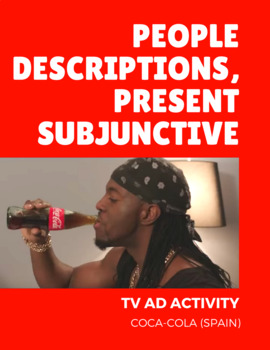
The Spanish present and past subjunctive are used to express doubt, uncertainty, hypothetical situations, and feelings. In the present tense, the subjunctive is used when expressing doubt or uncertainty about the outcome of an action, as well as when making a suggestion or a recommendation.
- For example, “Espero que venga pronto” (I hope he/she comes soon) or “Recomiendo que estudies para el examen” (I recommend that you study for the exam).
In the past tense, the subjunctive is used to express doubt, uncertainty or hypothetical situations about an event or action that has already happened.
- For example, “No creía que hubiera cometido ese error” (I didn’t think he/she had made that mistake) or “Si hubieras venido, habríamos disfrutado juntos” (If you had come, we would have enjoyed together).
Overall, the subjunctive mood in Spanish is used to convey emotions, doubt, hypothetical situations, and to make recommendations or suggestions.
Present and Past Subjunctive with Doubt Spanish Lesson Plans and Resource Sheet
 Present and Past Subjunctive with Doubt – Archeological Terms Los Mayas Lesson Plan for Spanish 3 – Students learn about the archeology vocabulary with an authentic video and infographic of the Mayan Empire. They also use a text to learn about the Present and Past Subjunctive with expressions of doubt and images to create sentences using the vocabulary and the Subjunctive moods learned.
Present and Past Subjunctive with Doubt – Archeological Terms Los Mayas Lesson Plan for Spanish 3 – Students learn about the archeology vocabulary with an authentic video and infographic of the Mayan Empire. They also use a text to learn about the Present and Past Subjunctive with expressions of doubt and images to create sentences using the vocabulary and the Subjunctive moods learned.
 Present Subjunctive with Expressions of Doubt – Environment and Environment Issues and Solutions Lesson Plan for Spanish 2 – This lesson also starts exploring the environment vocabulary and ends with a section that explains the doubt/possibility expressions with the Subjunctive.
Present Subjunctive with Expressions of Doubt – Environment and Environment Issues and Solutions Lesson Plan for Spanish 2 – This lesson also starts exploring the environment vocabulary and ends with a section that explains the doubt/possibility expressions with the Subjunctive.
 Coca-Cola Commercial: Prejudice, Generalizations, People Descriptions, Present Subjunctive Lesson Plan for Spanish 2 – This commercial is about prejudices and how to fight them. Students’ complete activities to analyze the vocabulary and use the present subjunctive to express doubt or uncertainty to describe people, situations, or objects.
Coca-Cola Commercial: Prejudice, Generalizations, People Descriptions, Present Subjunctive Lesson Plan for Spanish 2 – This commercial is about prejudices and how to fight them. Students’ complete activities to analyze the vocabulary and use the present subjunctive to express doubt or uncertainty to describe people, situations, or objects.
